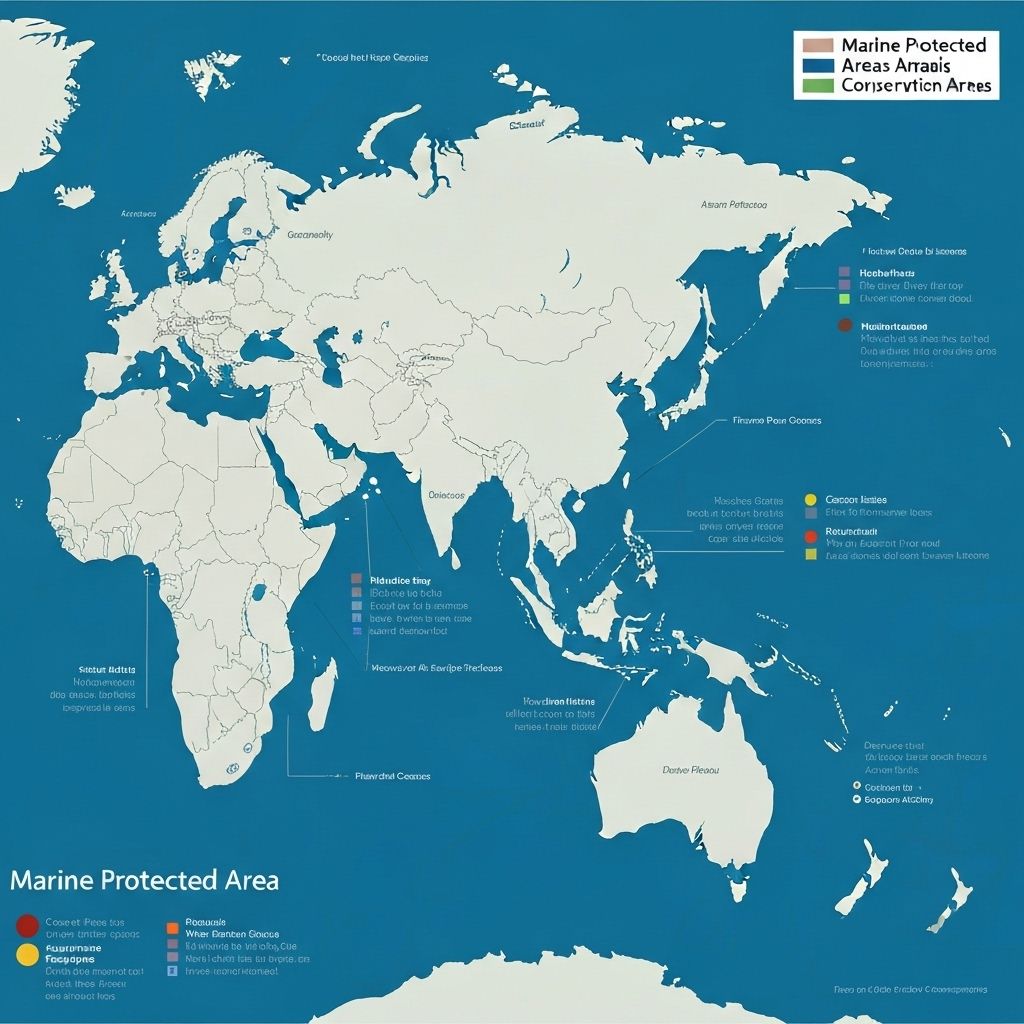International MPA Network Expansion
Progress on establishing cross-boundary Marine Protected Areas in collaboration with regional governments.
The Pink Dolphin Fund's Integrated Conservation pillar has achieved a major milestone in establishing a cross-boundary Marine Protected Area (MPA) network spanning Hong Kong, Macau, and Guangdong Province. This unprecedented collaboration brings together government agencies, conservation organizations, and local communities to protect critical Chinese White Dolphin habitats that transcend political boundaries.
Network Coverage
The MPA network covers over 2,500 square kilometers of coastal and estuarine waters, including key breeding grounds, feeding areas, and migration corridors. The protected zones encompass diverse marine habitats including estuarine waters, coastal zones, and offshore areas that are essential for dolphin survival.
Strategic placement of MPAs was determined through years of research data, including dolphin sighting records, acoustic monitoring, and habitat assessment studies. The network design ensures connectivity between protected areas, allowing dolphins to move safely between feeding, breeding, and resting grounds.
Collaborative Framework
This initiative represents a groundbreaking model of regional cooperation. Government agencies from three jurisdictions have agreed to harmonized protection standards, coordinated patrol systems, and joint research programs. Local fishing communities have been engaged throughout the process, with alternative livelihood programs developed to offset fishing restrictions in protected zones.
The collaboration includes regular joint meetings, shared data platforms, coordinated enforcement operations, and unified public education campaigns. This level of cross-boundary cooperation is rare in marine conservation and serves as a model for other regions facing similar challenges.
Alignment with Global Goals
The initiative aligns with the Kunming–Montréal Global Biodiversity Framework's 30×30 target, established under the United Nations Convention on Biological Diversity (CBD), to protect at least 30% of ocean areas by 2030. By establishing this MPA network, the region takes a significant step toward meeting international conservation commitments while protecting a critically endangered species.
Implementation Measures
Implementation includes coordinated patrol systems using both vessels and aerial surveillance, harmonized fishing regulations across jurisdictions, joint research programs to monitor dolphin populations and habitat health, and community engagement initiatives to build local support for conservation.
Enforcement is supported by modern technology including GPS tracking of vessels, acoustic monitoring to detect illegal activities, and rapid response teams that can operate across jurisdictional boundaries. Penalties for violations are standardized across the three jurisdictions to prevent regulatory arbitrage.
Community Benefits
The MPA network is designed to benefit both dolphins and local communities. Sustainable fishing practices are promoted in buffer zones, eco-tourism opportunities are being developed, and alternative livelihood programs support fishermen transitioning to conservation-friendly activities.
Early results show increased fish stocks in protected areas, benefiting adjacent fishing grounds through spillover effects. This demonstrates that marine conservation can align with economic interests when properly designed and implemented.
Future Expansion
This model of regional cooperation demonstrates how effective marine conservation requires thinking beyond borders. The Pink Dolphin Fund is working to expand this network further, engaging additional jurisdictions and advocating for similar cross-boundary conservation initiatives in other regions where Chinese White Dolphins are found.
For more information about the MPA network or partnership opportunities, contact conservation@pinkdolphinfund.org
Get Involved
Support our mission to protect Chinese White Dolphins and their marine habitat. Every action counts.
